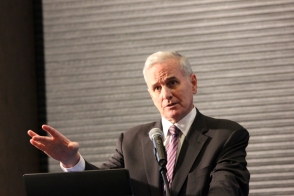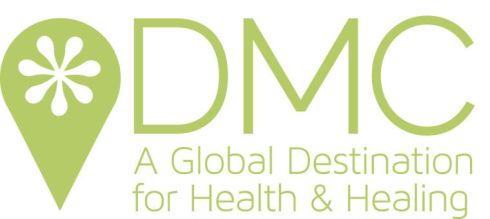Health and Human Services
As we near the end of the session, the major budget bills are nearing completion. The details of the Health and Human Services Finance omnibus bill are still being decided, but the basic framework cuts $50 million from the HHS budget, not the $150 million originally planned. At the same time, it makes significant increases (3.25% in 2014 and 3.2% in 2015) to long term care, 75% of which will be mandated to go to workers’ wage increases. This is a major victory for workers whose wages have been frozen for years.
The HHS omnibus bill also includes funding to keep the Willmar state treatment facility, which had been slated for closure, open to continue providing much-needed services.
Tax Plan
The biggest news this week was that the House, Senate and Governor reached an agreement on a tax plan. The plan will make historic investments in education, job creation, balance deficit, and property tax reform. The wealthiest 2% of Minnesotans, with household incomes over $250,000, will pay a new higher tax rate of 9.85%, much closer to the rate middle-class and working families pay. The bill also closes corporate tax loopholes and expands the sales tax on non-consumer items. Finally, it raises cigarette taxes by $1.60 per pack, which MNA supports as the most effective public health measure to discourage youth smoking.
With the funds raised by the tax bill, the state will fund all-day kindergarten and early childhood education, freeze higher education tuition, reduce property taxes by $400 million, invest in job creation initiatives, and erase the budget deficit.
The Mayo Clinic expansion in Rochester (the “Destination Medical Center” project) will also be included in the new tax plan.
Minimum Wage
The House passed a minimum wage increase from $6.15 to $9.50 an hour, and the Senate passed an increase to $7.75 an hour. The House and Governor have said they wouldn’t accept the small increase made by the Senate, but Senate leadership has indicated that they will not be able to pass an increase any higher than $7.75, putting any increase in minimum wage this year in doubt.
MNA supports an increase in the minimum wage because it will lift many families out of poverty and will stimulate our economy. Please use the Grassroots Action Center to contact your Senator TODAY and encourage them to raise the minimum wage to $9.50 an hour indexed to inflation. Study after study shows that raising wages speeds economic recovery, increases productivity, and reduces turnover for small businesses. That income goes directly back into the local economy to improve communities. A bill to raise the wage to $9.50 would help more than a half-million Minnesotans put food on the table and pay their bills.
State Employee Contract
The contract that includes over 700 MNA nurses at multiple State of Minnesota facilities passed its final legislative hurdle last week and now is waiting for the Governor’s signature.
Legislative Wrap-Up
Come learn about the impact of the legislative session on issues related to nursing practice, health care policy and finance, and the state budget.
WHEN: Tuesday, June 11, 4:00 – 5:30 pm
WHERE: At the MNA office in St. Paul, 345 Randolph Avenue, Suite 200, St. Paul 55102 or via webcast
This event is for MNA members only and requires an RSVP. Please contact Eileen Gavin at eileen.gavin@mnnurses.org and let her know if you plan to participate in person or online. (Online participants will need an RSVP code to join the event.)


 Hero Nurse Protects Newborn from Tornado Miraculously, all the staff, patients and families survived the storm. That includes nurse Cheryl Stoepker, who used her own body to protect a newborn she’d delivered barely an hour earlier.
Hero Nurse Protects Newborn from Tornado Miraculously, all the staff, patients and families survived the storm. That includes nurse Cheryl Stoepker, who used her own body to protect a newborn she’d delivered barely an hour earlier.
